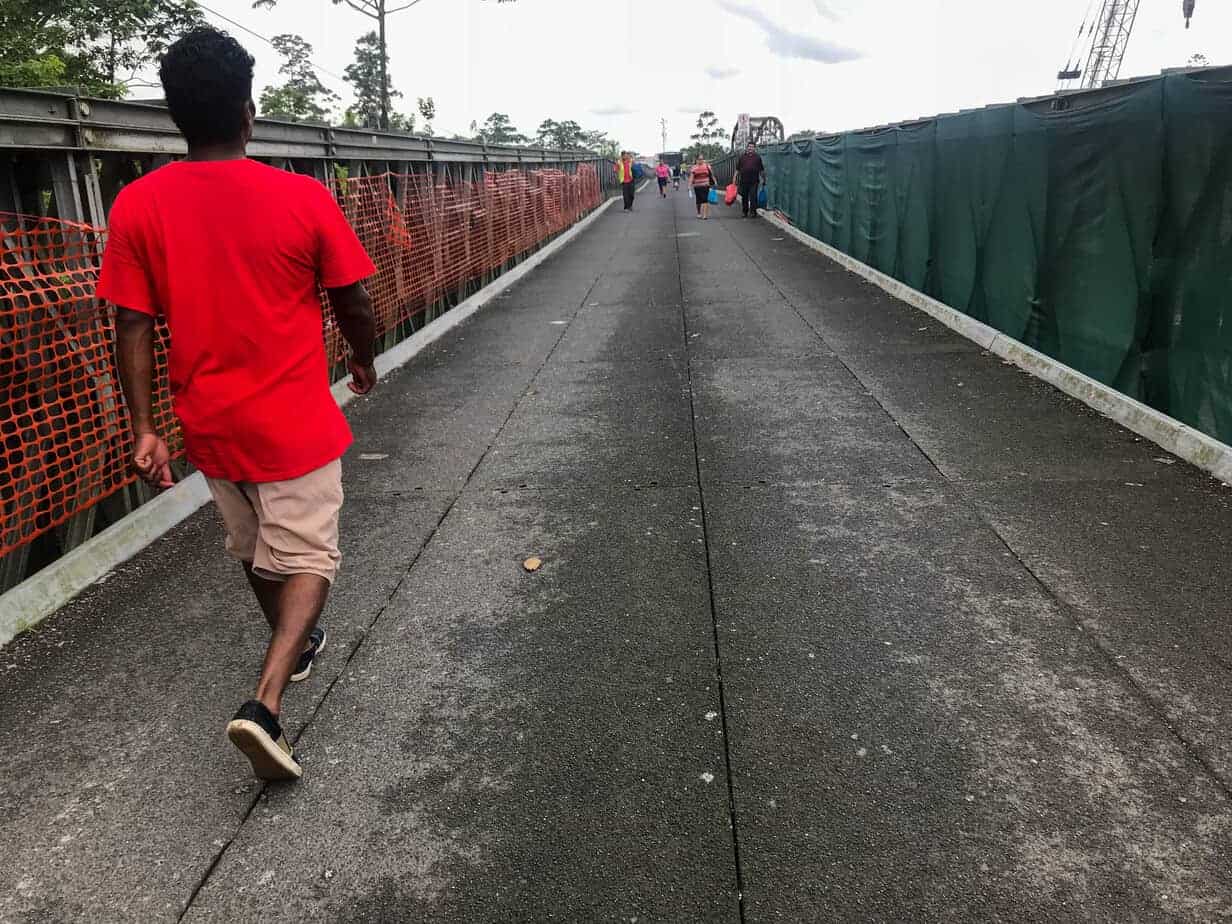The project Towards Integrated Water Resources Management (IWRM) in the binational Sixaola River Basin shared by Costa Rica and Panama seeks to improve water management in the Sixaola River Basin shared by both countries.
This is an international cooperation project where the Ministry of Environment and Energy (MINAE) and the Ministry of National Planning and Economic Policy (MIDEPLAN) of Costa Rica, the Ministry of Economy and Finance (MEF), and the Ministry of Environment (MIAMBIENTE) of Panama, will invest more than $4.3 million over four years to improve the governance of the Basin and water management.
With funding from the Global Environment Facility (GEF), the initiative is implemented by the United Nations Development Program (UNDP) and executed by the Organization for Tropical Studies (OTS).
The Sixaola River Binational Watershed has exceptional biodiversity, water resources, and more than 33,000 people depend on it. It’s a valuable ecosystem between the two countries. Unfortunately, it is at risk due to serious environmental problems generated by human activity.
It is located mainly in the Talamanca canton of the province of Limón on the Costa Rican side and in the district of Changuinola in the area of Bocas del Toro on the Panamanian side.
Nearly 11,000 people who live in the basin are part of the Ngäbe, Naso, Bribri, and Cabécar indigenous communities.
As part of the plan, an Early Warning System (EWS) was designed. This will allow communities and local organizations to respond to flood risks on the Sixaola riverbank.
“This project will contribute to public policy decision-making on flood risk management and soil erosion, monitoring contaminants and water quality in the Sixaola River. In addition, it will strengthen the participation of women and indigenous peoples in the policymaking in their territory; and it will develop socio-productive pilot projects that will help the communities reactivate their economies”, said Marlon Navarro Álvarez, Minister of MIDEPLAN.
A Commission for the Participation of Indigenous Peoples has already been formed. With this group, it is expected that the indigenous people will be able to participate in decision-making actively.
“This initiative allows us to connect with communities, protect ecosystems, and work holistically, both from a gender perspective and with respect for indigenous peoples,” said Costa Rica’s Vice Minister of the Environment, Rafael Gutiérrez.
The Sixaola River Basin includes protected areas such as La Amistad International Park, the Gandoca Manzanillo Refuge, and the San San Pond Sak Wetland. In the watershed, most agricultural practices are intensive with a high agrochemical footprint. These reduce the land’s resilience and increase communities’ vulnerability to extreme events such as flooding.
With the Integrated Water Resources Management (IWRM), it will be possible to use water, soil, and natural resources in the watershed in a shared and rational way, without putting them at risk.






